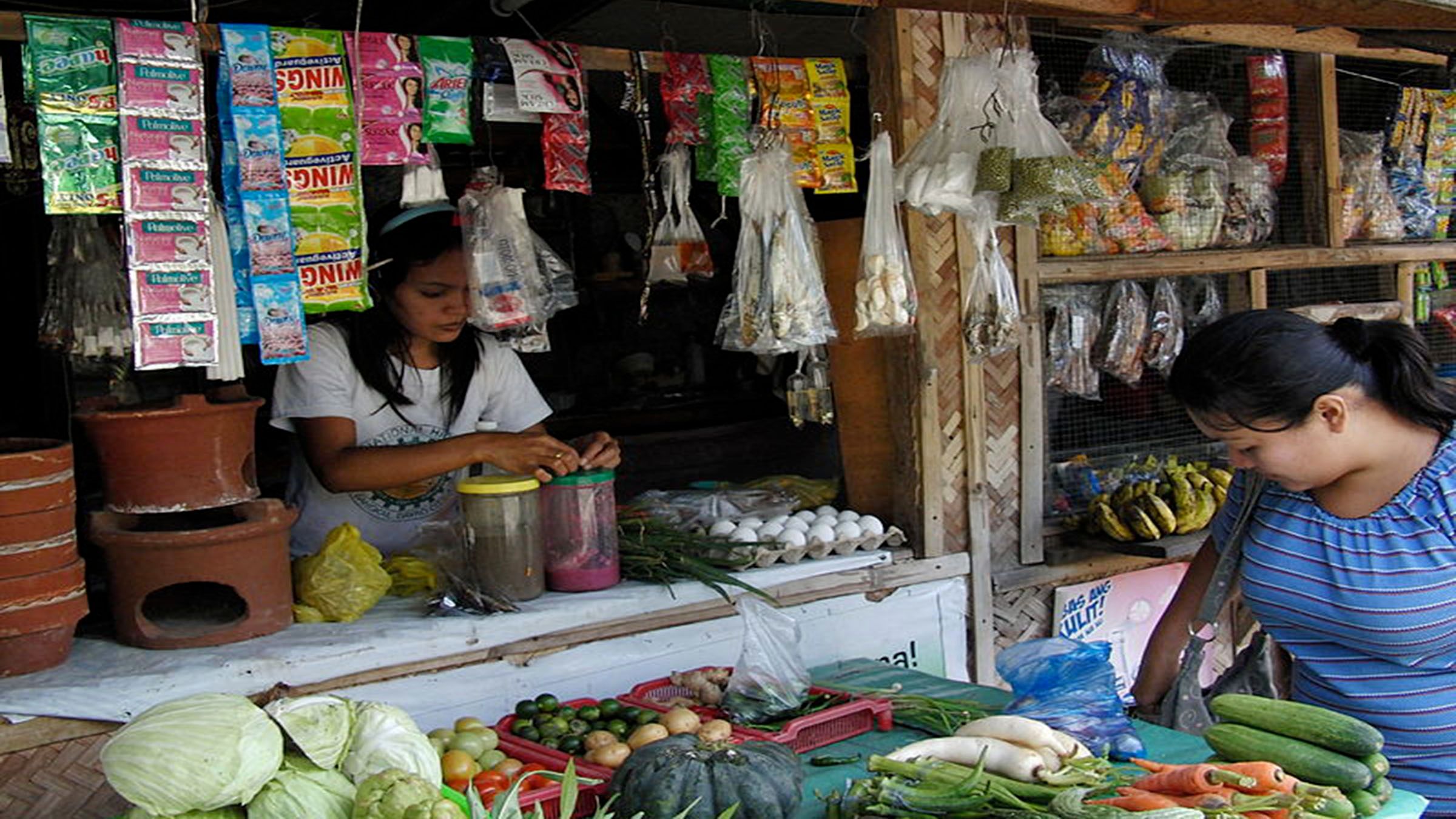How Do MSMEs Impact the Philippines?
Have you ever wondered why MSMEs (Micro, Small, and Medium Enterprises) are often called the “backbone” of the Philippine economy? Imagine a massive machine, where every cog plays a crucial role—that’s the MSME sector in the Philippines. These businesses aren’t just players; they’re game-changers. Let’s dive into their profound impact and explore how they shape the nation’s economic landscape.

1. Economic Contributions of MSMEs
MSMEs significantly contribute to various economic pillars. For example, they account for roughly 40% of the country’s GDP, serving as suppliers, distributors, and service providers that fuel various industries. Moreover, MSMEs create jobs for a staggering 5.7 million individuals, particularly in rural areas where opportunities are limited. Additionally, they contribute around 25% to export revenues, showcasing Filipino craftsmanship and ingenuity to the global market.
2. Challenges Faced by MSMEs in the Philippines
Despite their importance, MSMEs face several roadblocks. First, access to financing is a major hurdle. Traditional lending institutions often consider MSMEs high-risk, limiting their ability to secure capital. Furthermore, many MSMEs lack the resources or expertise to adopt digital tools, which hampers their competitiveness. Finally, complex regulatory procedures and bureaucratic red tape frequently stifle growth and innovation.
3. How Digital Transformation Empowers MSMEs
Technology is a game-changer for MSMEs. For instance, digital solutions streamline operations, enhance customer engagement, and open global markets. Platforms like Bentamo are leading this transformation. Through IT solutions, e-commerce support, and a marketplace for local products, Bentamo empowers MSMEs to digitalize and thrive. For example, a small bakery in Cagayan De Oro leveraged Bentamo’s platform to expand its customer base, doubling revenue in just six months.
4. MSMEs and Community Development
MSMEs uplift communities in several ways. Not only do they nurture local talents and promote Filipino products, but they also bring economic activity to underserved rural areas, reducing regional disparities. Moreover, by involving women and marginalized groups, MSMEs foster a more inclusive economy.
5. Future Prospects for MSMEs in the Philippines
The future holds immense potential for MSMEs. For instance, the rise of green technologies and sustainable practices offers new growth opportunities. Furthermore, streamlined processes and government incentives can bolster their growth, ensuring a brighter future for both the sector and the economy as a whole.
Conclusion
MSMEs are the unsung heroes of the Philippine economy. By embracing digital transformation and overcoming challenges, they can continue driving growth, innovation, and community development. As a result, they’re poised to shape a brighter future for the nation.